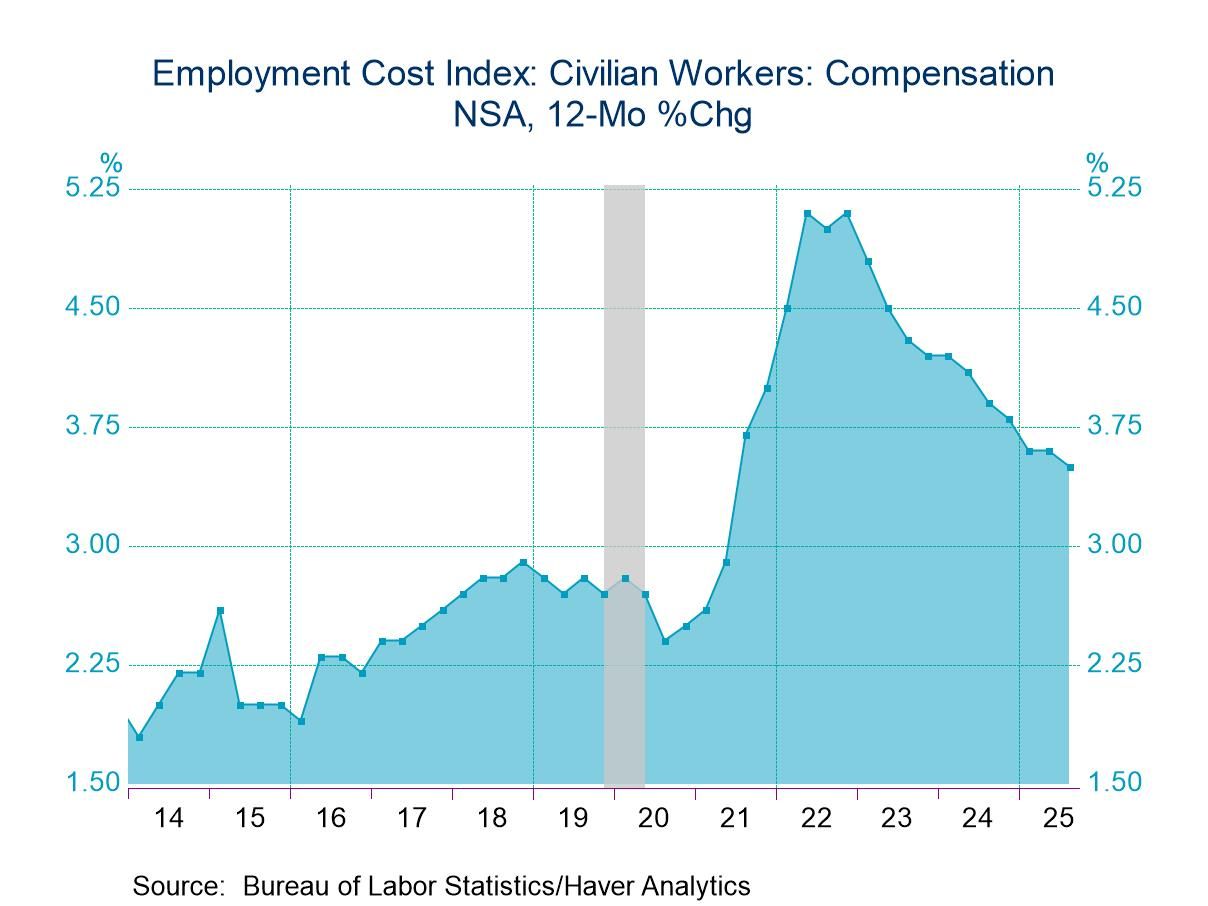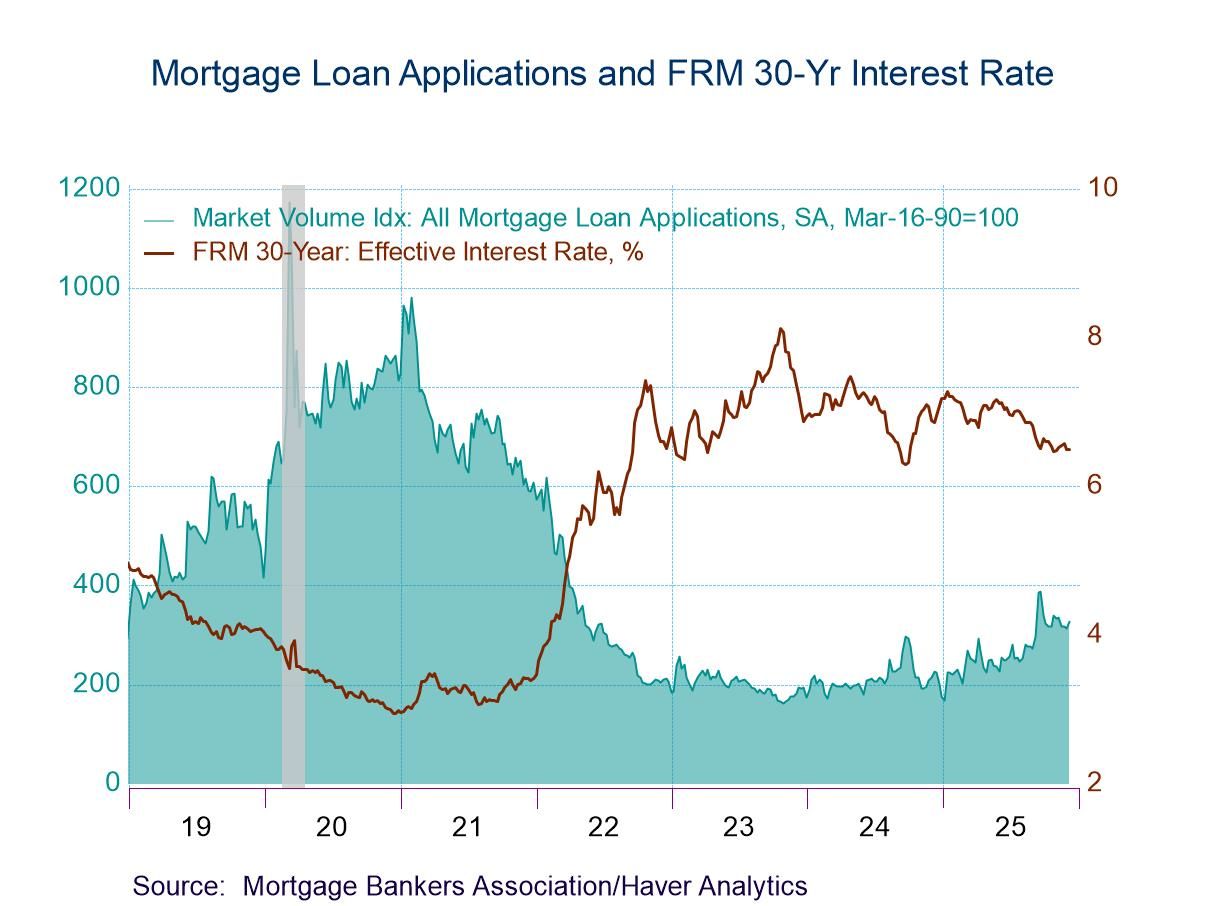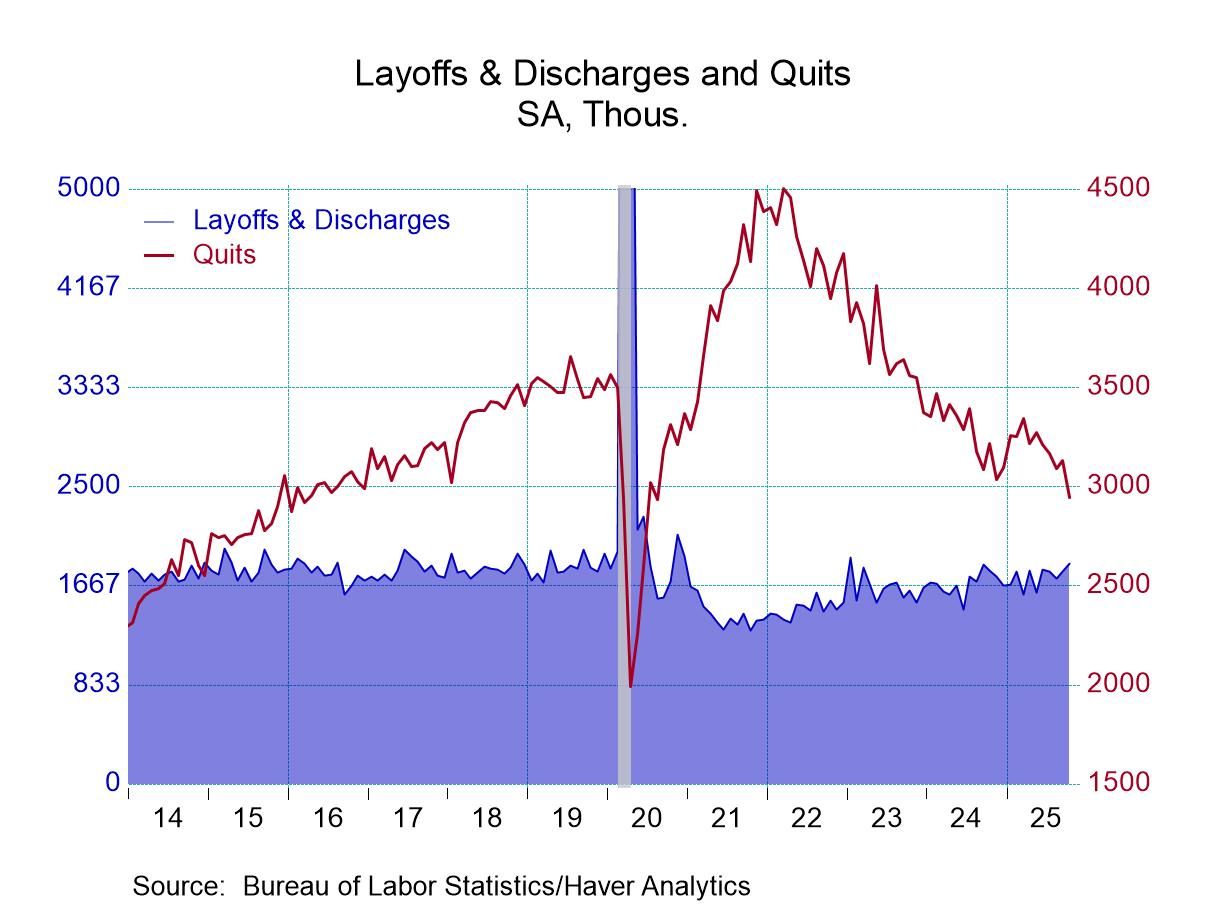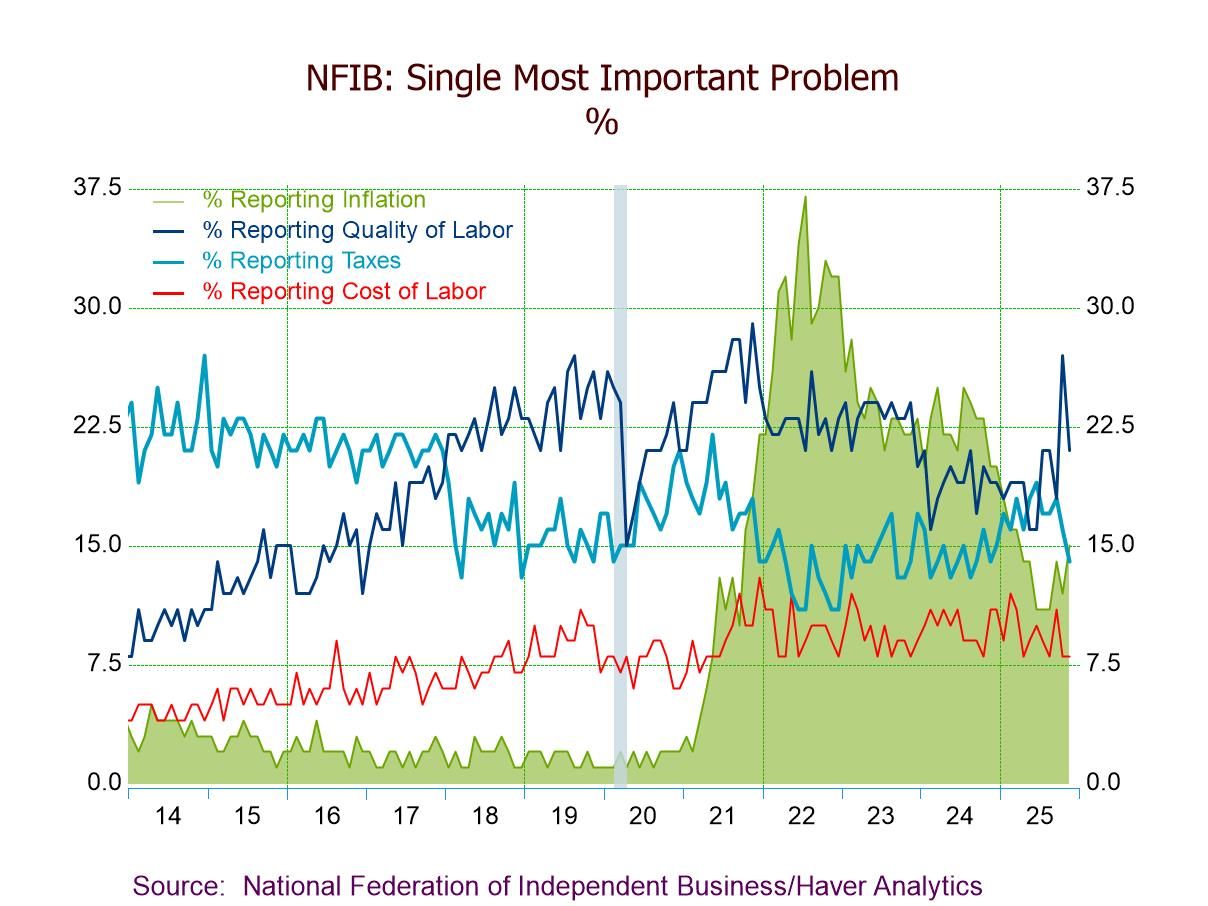 Global| Nov 03 2017
Global| Nov 03 2017Asia PMIs Are Not Upbeat
Summary
Asia PMIs are not doing as well as the PMIs of the economies in the West at the moment. Front and center is China with a total PMI that has slipped from a modest 51.4 reading in September to a 51.0 reading in October. China's [...]
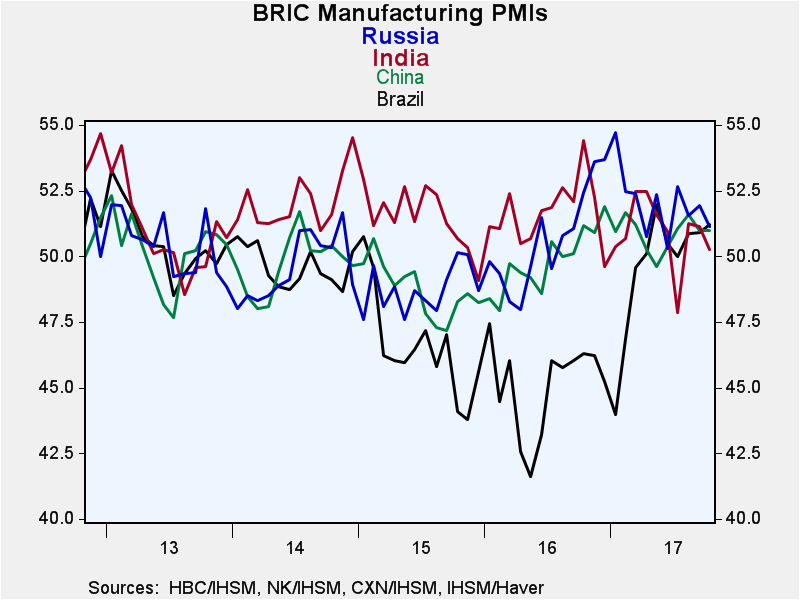 Asia PMIs are not doing as well as the PMIs of the economies in the West at the moment. Front and center is China with a total PMI that has slipped from a modest 51.4 reading in September to a 51.0 reading in October. China's manufacturing reading is unchanged month-to-month at 51.0 and China's services sector is still weak at a 51.2 diffusion reading
Asia PMIs are not doing as well as the PMIs of the economies in the West at the moment. Front and center is China with a total PMI that has slipped from a modest 51.4 reading in September to a 51.0 reading in October. China's manufacturing reading is unchanged month-to-month at 51.0 and China's services sector is still weak at a 51.2 diffusion reading
Manufacturing
For Asia, the manufacturing comparisons are more important because there are far more of them to sample. We have only four overall or composite PMIs to report and only three for the services sector. However, there are 11 manufacturing signals available this month.
Manufacturing has seen advances month-to-month in only 3 of 11 reporters: Singapore, Myanmar and the Philippines. In September only four had weakened and in August only two were weaker. October is a deficit trend breaker and a setback month for manufacturing in Asia. Only Thailand and Malaysia have manufacturing PMI readings below 50 indicating outright contraction. But India, Indonesia and South Korea each are on the threshold of showing declines as each is within 0.5 points of 50.
Averages
Three-month PMI reading averages for manufacturing show Thailand, Myanmar and Malaysia all with PMI averages below 50 and South Korea and Indonesia are on the cusp of decline. Only Myanmar, Philippines, and Thailand showed deteriorating trends compared to their six-month averages.
Rankings
The queue or rank percentile standings also give us some insight into how Asia is doing compared to how well it was performing over the previous six years. On that score India's manufacturing is very weak as is China's services sector. You may recall that China is supposed to be working on improving its services sector, on creating jobs and generating income and developing its own domestic demand. Well, that process is not going very well and it did not really get much of a vote of confidence in the recently concluded 5-Year Party Congress. Manufacturing rankings are very low for the Philippines, Indonesia, Malaysia and Thailand, by now, a familiar listing of countries. Doing well in manufacturing compared to recent history are China, Japan and Singapore.
Summing up
On balance, Asia is still struggling. While global economy is supposed to be in gear and forecasts are being lifted, we still we need to be careful about an over reliance on PMI type data which are only indicators and a shadow of what the real sectors are doing. October can be marked down as the month that gave Asia pause. We will have to watch closely to see what happen next because on top of its economic importance there are a lot geopolitical events of note in the region. Obviously, the problems with North Korea top the list. But there is also China and its attempt to grab the whole of the South China Sea. Japan has just concluded elections that will let it provide for its own defenses. South Korea appears to a have made some peace with China over the deployment of the U.S. THAAD missiles to defend itself from North Korea. And on it goes. Each conflict seems to spread a wave of secondary conflicts.
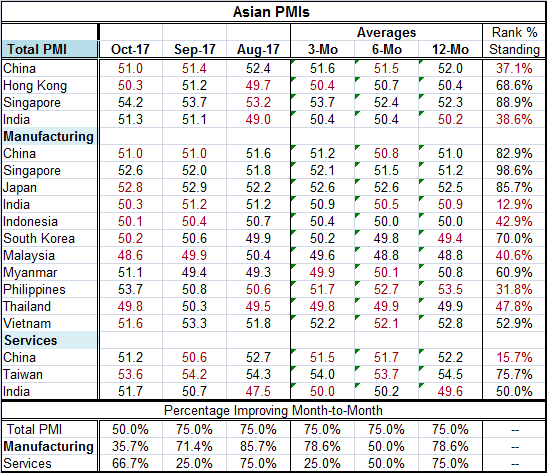
Robert Brusca
AuthorMore in Author Profile »Robert A. Brusca is Chief Economist of Fact and Opinion Economics, a consulting firm he founded in Manhattan. He has been an economist on Wall Street for over 25 years. He has visited central banking and large institutional clients in over 30 countries in his career as an economist. Mr. Brusca was a Divisional Research Chief at the Federal Reserve Bank of NY (Chief of the International Financial markets Division), a Fed Watcher at Irving Trust and Chief Economist at Nikko Securities International. He is widely quoted and appears in various media. Mr. Brusca holds an MA and Ph.D. in economics from Michigan State University and a BA in Economics from the University of Michigan. His research pursues his strong interests in non aligned policy economics as well as international economics. FAO Economics’ research targets investors to assist them in making better investment decisions in stocks, bonds and in a variety of international assets. The company does not manage money and has no conflicts in giving economic advice.



